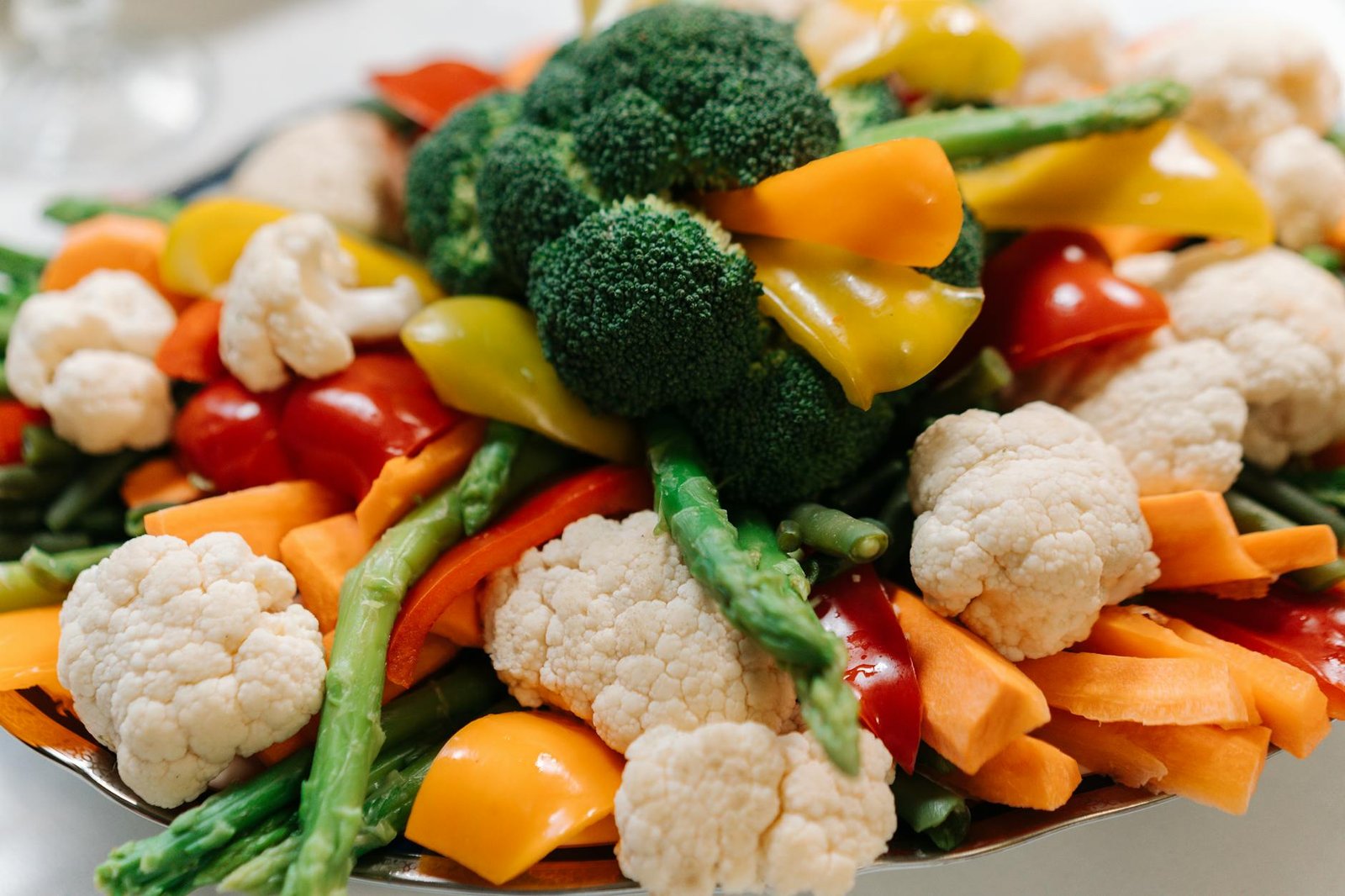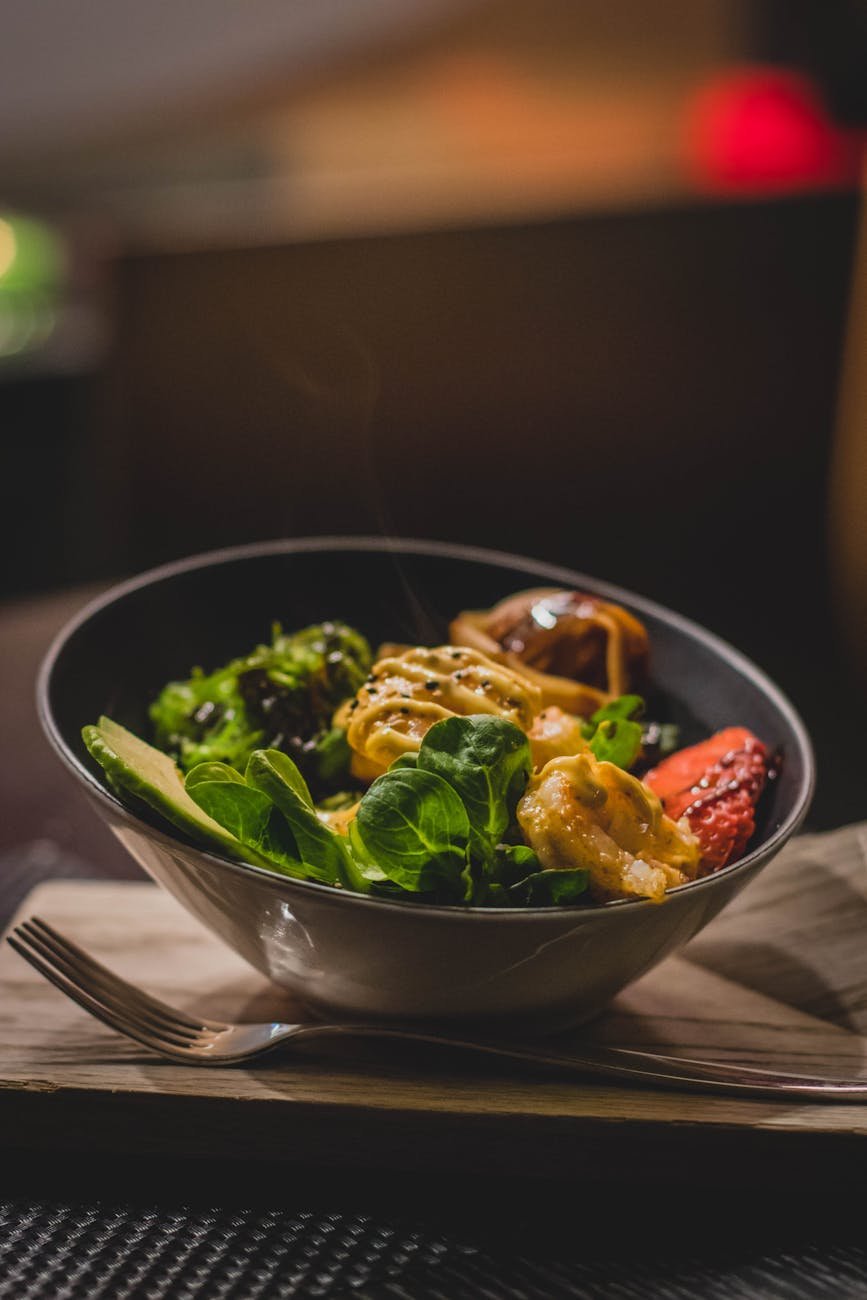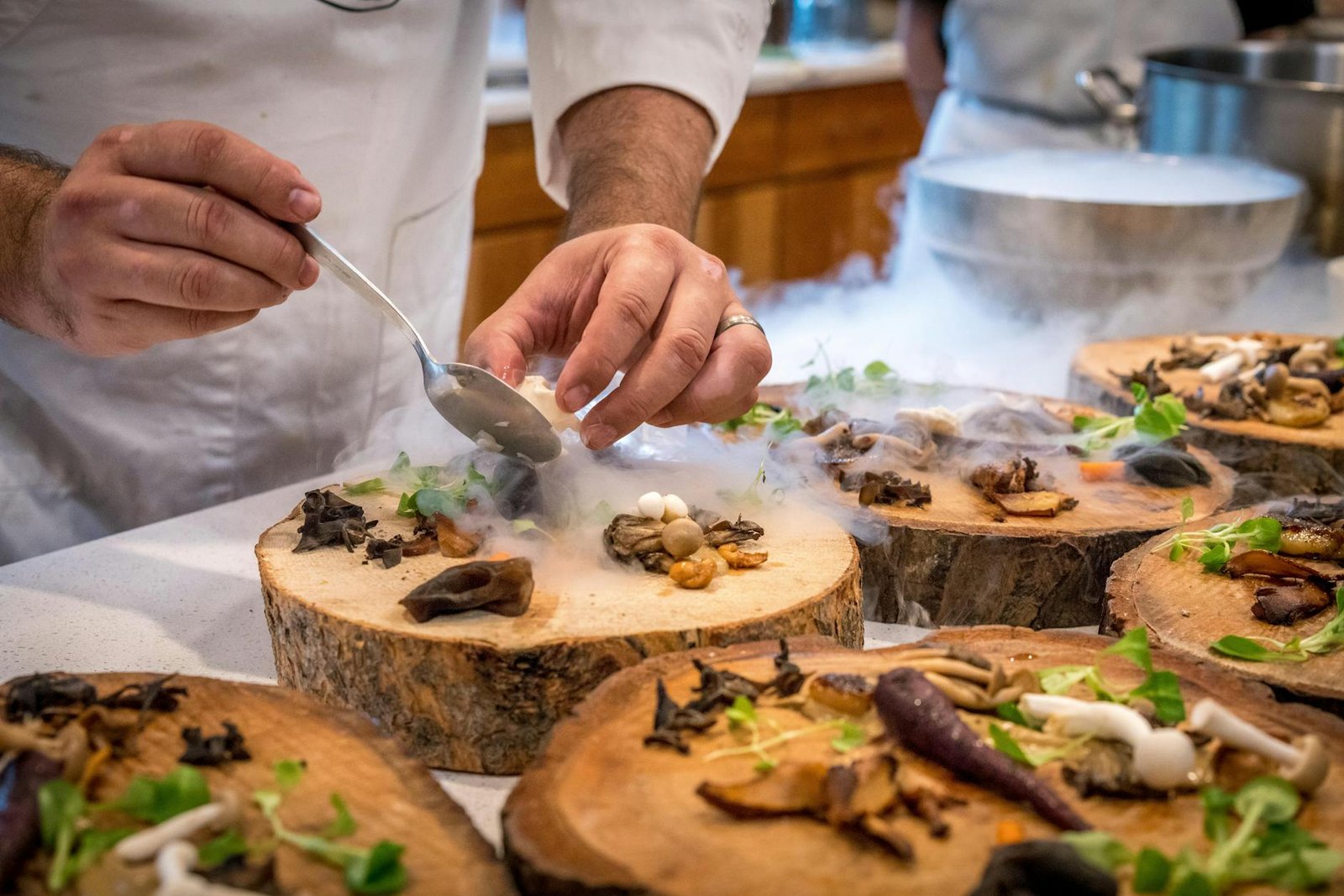
Imagine your plate as a canvas, and every fruit or vegetable on it as a stroke of healing color. From the deep crimson of beets to the sunny yellow of bell peppers, each hue tells a story of nutrients, antioxidants, and life-changing benefits. This isn’t just about aesthetics—it’s a science-backed philosophy of health: “Eat the Rainbow.”
Let’s explore why a colorful plate is one of the best prescriptions for your health and how these natural pigments work wonders inside your body.
🌈 What Does “Eating the Rainbow” Mean?
Eating the rainbow refers to including a variety of naturally colored fruits and vegetables in your daily diet. Each color is a visual clue to the phytochemicals—the plant-based compounds that carry powerful nutritional properties—inside.
Instead of relying on supplements or processed health drinks, nature has already packed what your body needs into these vibrant foods. The more diverse the colors on your plate, the broader the range of nutrients you get.
🔴 Red Foods: The Heart’s Best Friend
Red foods like tomatoes, strawberries, watermelon, red apples, and beets are rich in lycopene and anthocyanins, known for their anti-inflammatory and heart-healthy effects.
Key Benefits:
- Improves cardiovascular health
- Reduces cancer risk (especially prostate and breast)
- Promotes skin health
- Boosts immunity
🔬 Fun Fact: Cooked tomatoes have even higher lycopene content than raw ones. So, your pasta sauce can be both comforting and healing.
🟠 Orange & Yellow Foods: The Immune Boosters
From carrots to mangoes, pumpkins to oranges, these colors are rich in beta-carotene, a compound your body converts into vitamin A—essential for vision, immune defense, and healthy skin.
Key Benefits:
- Protects eyesight (especially night vision)
- Supports immune function
- Aids in healthy reproduction and growth
- Fights off infections
🧡 Including citrus fruits like oranges and lemons also adds a dose of vitamin C, strengthening collagen and preventing cell damage.
🟢 Green Foods: The Detox Warriors
Green is often associated with nature, and in food, it stands for cleansing and healing. Vegetables like spinach, broccoli, kale, cucumber, and green beans are loaded with chlorophyll, folate, iron, magnesium, and fiber.
Key Benefits:
- Detoxifies liver and blood
- Balances hormones
- Boosts energy
- Strengthens bones and muscles
🥦 Cruciferous greens like broccoli and Brussels sprouts contain compounds that may prevent hormone-driven cancers.
🔵🟣 Blue & Purple Foods: The Brain Protectors
These lesser-used colors hide a secret power: anthocyanins, which improve memory, reduce inflammation, and support healthy aging. Blueberries, blackberries, eggplant, purple cabbage, and grapes are the stars here.
Key Benefits:
- Improves cognitive function
- Lowers blood pressure
- Fights cellular aging
- Protects heart and brain
🧠 Neuroscientists say regular consumption of berries may slow age-related memory decline by up to 2.5 years!
⚪ White & Brown Foods: The Unsung Heroes
Though not as vibrant, foods like garlic, cauliflower, mushrooms, and bananas contain powerful compounds like allicin and potassium that reduce the risk of chronic diseases.
Key Benefits:
- Fights bacteria and viruses
- Supports bone and joint health
- Regulates blood sugar and cholesterol
- Improves gut health
🧄 Garlic, in particular, is a natural antibiotic that helps regulate blood pressure and cholesterol levels.
🧪 Color Isn’t Just Decoration—It’s Information
Food scientists now agree: “Color is nutrition you can see.” The deeper and more saturated the color, the more phytonutrients it likely contains. Instead of counting calories or carbs, consider how many different colors you’re eating in a day.
🥣 How to Build a Rainbow Plate (Made Simple)
Even if you’re not a chef, you can build a beautiful, healing plate with minimal effort:
- Start with the base: Leafy greens or whole grains like quinoa or brown rice.
- Add colorful vegetables: A mix of red tomatoes, orange carrots, yellow corn, purple cabbage, and green peas.
- Top with protein: Grilled tofu, paneer, boiled eggs, or legumes.
- Finish with fruit: Slices of kiwi, pomegranate, or a few blueberries.
- Drizzle: A spoon of cold-pressed oil and a sprinkle of seeds.
👩⚕️ Who Should Eat the Rainbow?
- Children: For growth, brain development, and immunity.
- Adults: For disease prevention, energy, and mental clarity.
- Elderly: For heart, bone, and cognitive support.
- Fitness enthusiasts: For recovery and balanced performance.
In short—everyone.
📝 Final Thoughts: Your Plate Is Your Daily Prescription
Health doesn’t need to come in capsules, powders, or complicated routines. By simply choosing a variety of fresh, colorful foods, you provide your body with the tools it needs to heal, protect, and thrive.
Next time you shop or cook, ask yourself:
“Have I eaten the rainbow today?”








